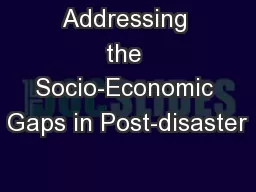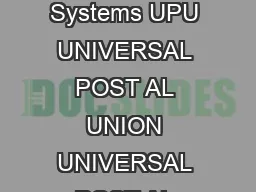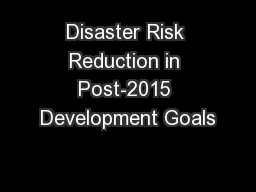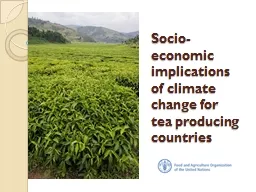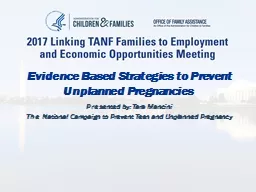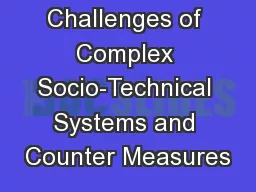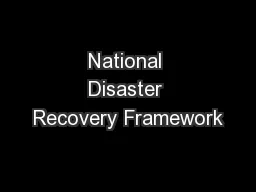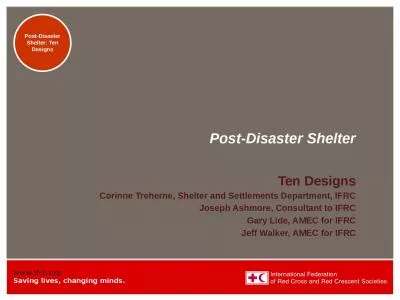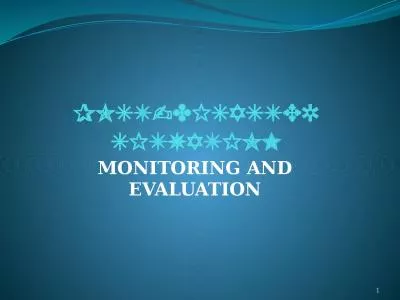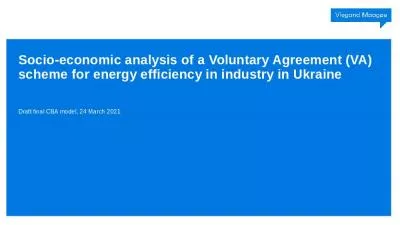PPT-Addressing the Socio-Economic Gaps in Post-disaster
Author : olivia-moreira | Published Date : 2017-10-17
R ental S upport Programs Alex Miller Oxford Brookes 2016 HAITI 1 year subsidized rental support program protection social welfare construction improvements livelihoods
Presentation Embed Code
Download Presentation
Download Presentation The PPT/PDF document "Addressing the Socio-Economic Gaps in Po..." is the property of its rightful owner. Permission is granted to download and print the materials on this website for personal, non-commercial use only, and to display it on your personal computer provided you do not modify the materials and that you retain all copyright notices contained in the materials. By downloading content from our website, you accept the terms of this agreement.
Addressing the Socio-Economic Gaps in Post-disaster: Transcript
Download Rules Of Document
"Addressing the Socio-Economic Gaps in Post-disaster"The content belongs to its owner. You may download and print it for personal use, without modification, and keep all copyright notices. By downloading, you agree to these terms.
Related Documents

